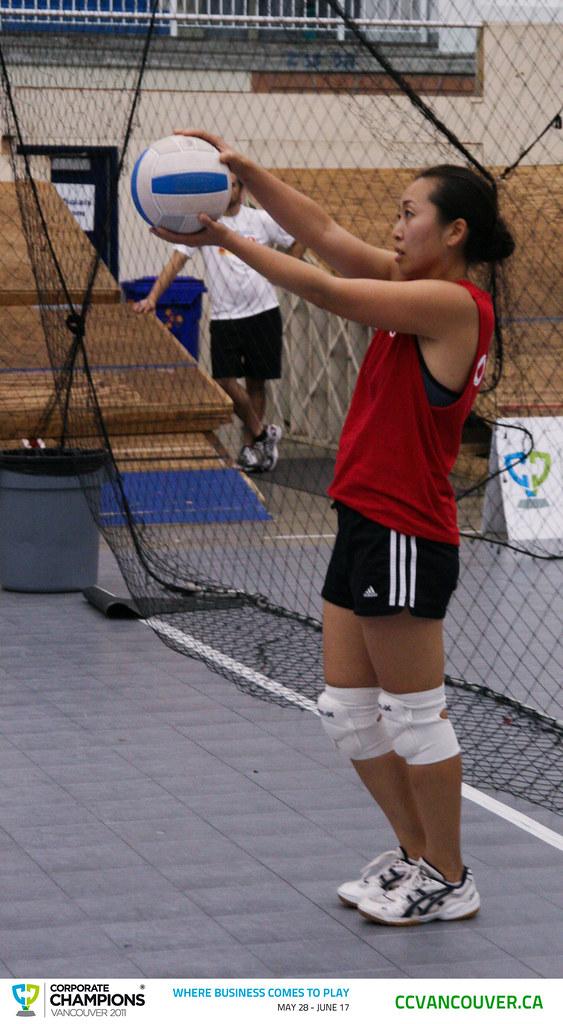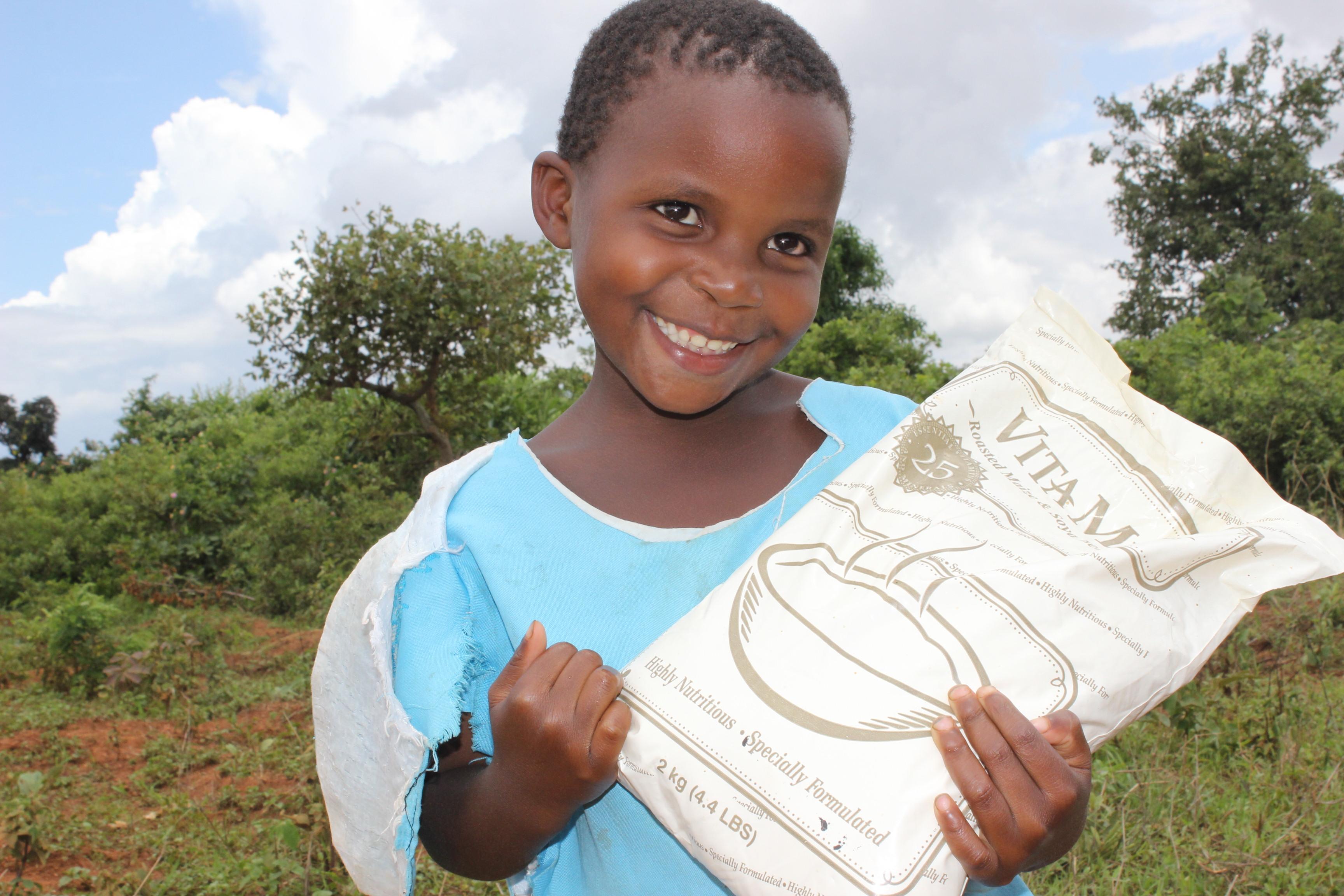Supporting your child’s physical development is a journey filled with opportunities to nurture their growing bodies and minds. As parents and caregivers, you play a pivotal role in guiding your child through the stages of physical growth, helping them build strength, coordination, and confidence. This article aims to provide you with practical insights and empathetic guidance on how to foster an environment that encourages active play, balanced nutrition, and healthy habits. Understanding that every child is unique, we will explore various strategies that can be tailored to meet your child’s individual needs, ensuring that their developmental milestones are met with encouragement and love. Whether you’re navigating the toddler years or supporting a school-aged child, our goal is to empower you with the knowledge and tools necessary to champion your child’s physical well-being.
Creating a Safe and Stimulating Environment for Growth
Creating an environment that nurtures your child’s physical development is essential for their growth. This involves not just providing the right tools and spaces, but also fostering a mindset that encourages exploration and movement. Here are some ways to achieve this:
- Provide a Safe Space: Ensure that your child’s play area is free from hazards. This means covering sharp edges, securing heavy furniture, and keeping small objects out of reach.
- Encourage Active Play: Stock up on toys and equipment that promote physical activity. Think of items like balls, jump ropes, and ride-on toys.
- Outdoor Exploration: Spend time outdoors. Whether it’s a park, a backyard, or a garden, nature offers endless opportunities for climbing, running, and jumping.
Consider the following table for age-appropriate activities that can stimulate physical development:
| Age Group | Activities |
|---|---|
| Infants (0-1 year) | Tummy time, reaching for toys, crawling |
| Toddlers (1-3 years) | Walking, climbing stairs, dancing |
| Preschoolers (3-5 years) | Running, hopping, balancing games |
By being mindful of these elements, you can create a nurturing environment that not only supports but also inspires your child’s physical development journey.

Encouraging Active Play and Exploration
Fostering an environment where your child can engage in active play and exploration is essential for their physical development. Encouraging your child to explore their surroundings not only builds their physical strength but also enhances their cognitive and emotional growth. Here are some ideas to help you support their journey:
- Outdoor Adventures: Nature is a fantastic playground. Encourage your child to explore local parks, hiking trails, or even your backyard. Activities like climbing trees, jumping over streams, or playing hide-and-seek can significantly boost their coordination and balance.
- Interactive Play: Toys and games that require physical interaction are great for development. Think of balls, jump ropes, or hula hoops. These tools promote agility and hand-eye coordination.
- Organized Sports: Consider enrolling your child in team sports or classes such as soccer, swimming, or gymnastics. These activities not only improve physical skills but also teach teamwork and discipline.
Creating a daily routine that includes time for active play can make a significant difference. Here’s a simple schedule idea:
| Time | Activity |
|---|---|
| 9:00 AM | Outdoor Play (e.g., playground, backyard) |
| 2:00 PM | Interactive Toy Time (e.g., building blocks, puzzles) |
| 4:30 PM | Sports Practice (e.g., soccer, swimming) |
Remember, the goal is to make physical activity a fun and regular part of your child’s day. By providing opportunities for active play and exploration, you are setting the foundation for a healthy, active lifestyle.

Nurturing Healthy Eating Habits for Strong Bodies
To foster a foundation of healthy eating habits in children, it’s crucial to create an environment that encourages exploration and variety in food choices. Introduce a rainbow of fruits and vegetables at mealtime to make plates visually appealing and nutritionally balanced. Offering a spectrum of colors not only boosts essential vitamin intake but also makes meals exciting for young ones. Consider involving your child in meal planning and grocery shopping, allowing them to pick a new fruit or vegetable to try each week. This involvement empowers them and can spark a lifelong interest in nutritious eating.
- Encourage trying new foods with fun, creative names.
- Use positive reinforcement when they make healthy choices.
- Model balanced eating habits by enjoying a variety of foods yourself.
| Food Group | Recommended Servings |
|---|---|
| Fruits | 1-2 cups daily |
| Vegetables | 1-3 cups daily |
| Grains | 3-6 ounces daily |
| Protein | 2-5 ounces daily |
| Dairy | 2-3 cups daily |
Establishing a routine is another key component. Consistent meal and snack times help regulate hunger and energy levels, promoting a healthier relationship with food. Make family meals a priority, offering a time for connection and conversation. This routine provides stability, encouraging children to listen to their hunger cues and develop mindful eating practices.

Building a Supportive Routine for Consistent Development
Creating a nurturing environment for your child’s physical growth involves crafting a routine that balances activities, rest, and nutrition. Here are some key elements to consider when establishing this routine:
- Active Play: Encourage daily physical activities that are age-appropriate and fun. This could include games like tag, dancing to their favorite songs, or even a family walk in the park.
- Rest and Recovery: Ensure your child gets enough sleep and downtime. A well-rested child is more likely to be energetic and ready for physical challenges.
- Balanced Nutrition: Provide a diet rich in fruits, vegetables, whole grains, and proteins. Proper nutrition fuels their bodies and supports growth.
Integrating these elements into your daily routine can be made easier with a structured schedule. Below is a simple example:
| Time | Activity |
|---|---|
| 7:00 AM | Breakfast and Morning Stretch |
| 10:00 AM | Outdoor Play |
| 12:00 PM | Lunch |
| 1:00 PM | Nap or Quiet Time |
| 3:00 PM | Creative Play or Sports |
| 6:00 PM | Dinner |
| 8:00 PM | Bedtime Routine |
Consistency in this routine can help your child feel secure and understood, fostering not only physical development but emotional and mental well-being as well. Remember, flexibility is key—adjust the schedule as needed to fit your child’s unique needs and interests.








































